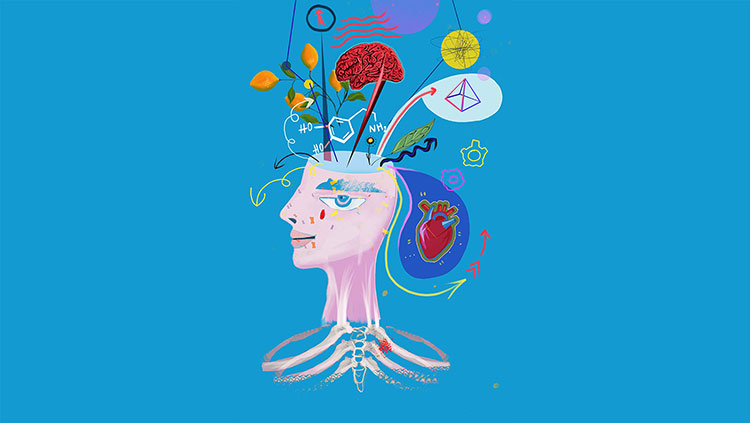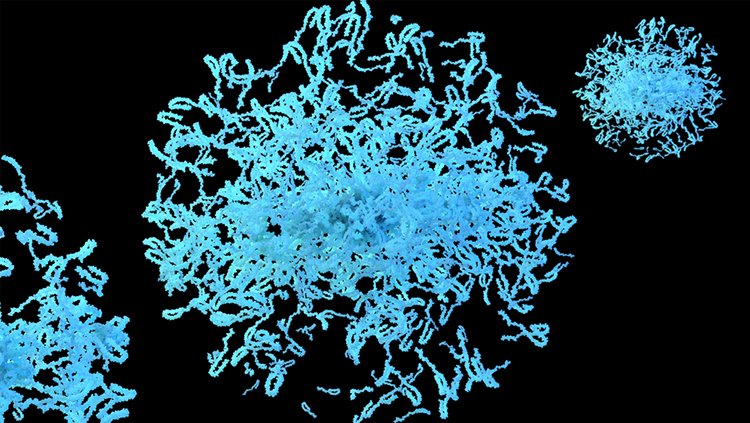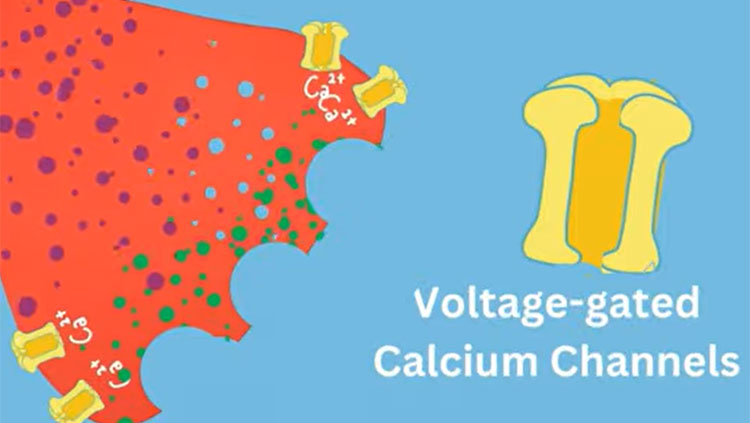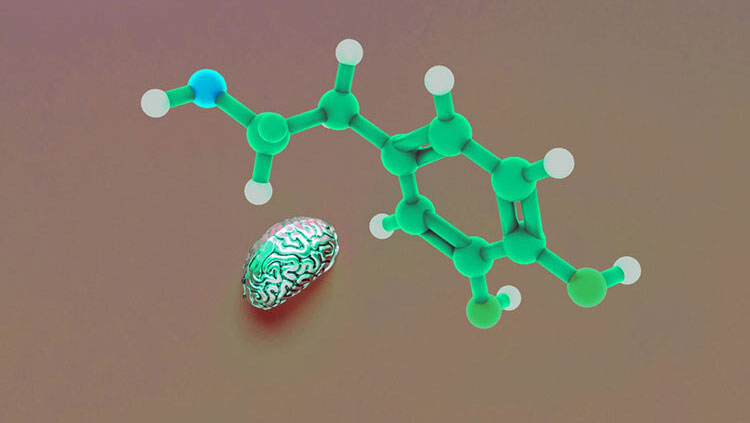Serotonin is an important neurotransmitter in the brain. This chemical messenger does most of its work in the spaces between neurons, or synapses, ensuring information makes its way to a neighboring cell. See how serotonin operates and develops from young amino acids in neurons to full-fledged neurotransmitters that are released and recycled into a synapse over and over again.
This is a video from the 2023 Brain Awareness Video Contest.
Created by Maya Solis.
CONTENT PROVIDED BY
BrainFacts/SfN
Transcript
The journey begins in the neuron with a young amino acid called tryptophan. With the help of enzymes, it is turned into 5-HTP. And finally, matures into serotonin.
It is at the terminal buttons of the neuron, where serotonin meets the vesicle. In order to enter the vesicle, serotonin must go through the vesicular monoamine transporter.
These vesicles filled with serotonin are able to fuse into the layer or membrane that surrounds the neuron. This allows it to dump serotonin into the gap between the neurons, also known as the synapse.
Serotonin then travels to the other neurons and binds to a serotonin receptor, allowing it to do its job. After that serotonin must go back to the presynaptic neuron. It enters through the serotonin reuptake transporter.
These recycled serotonin, along with new ones, are again put into vesicles and released into the synapse when the neuron needs their help to communicate with other neurons.
And this is “The Journey of Serotonin.”
Also In Genes & Molecules
Trending
Popular articles on BrainFacts.org

















